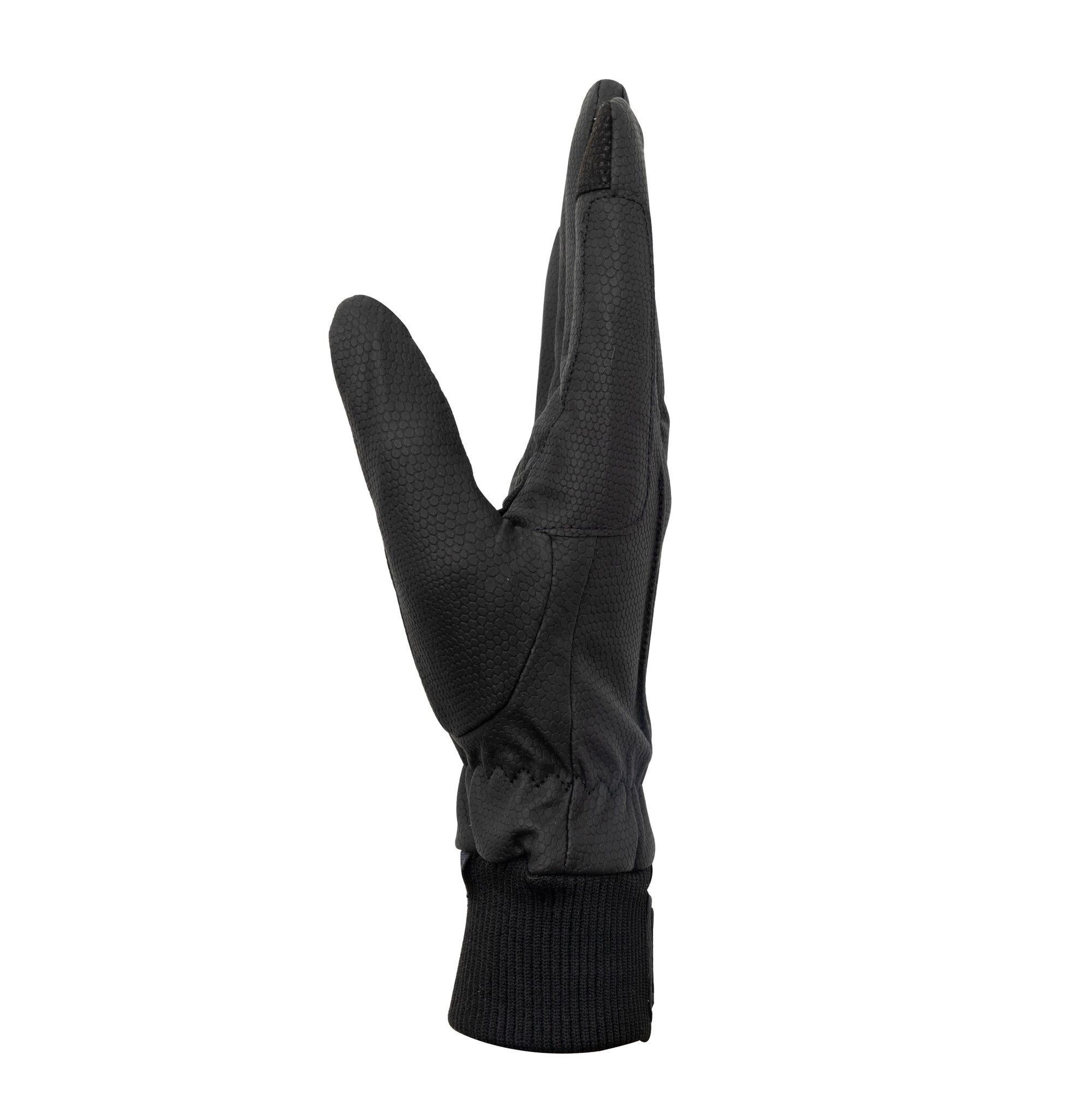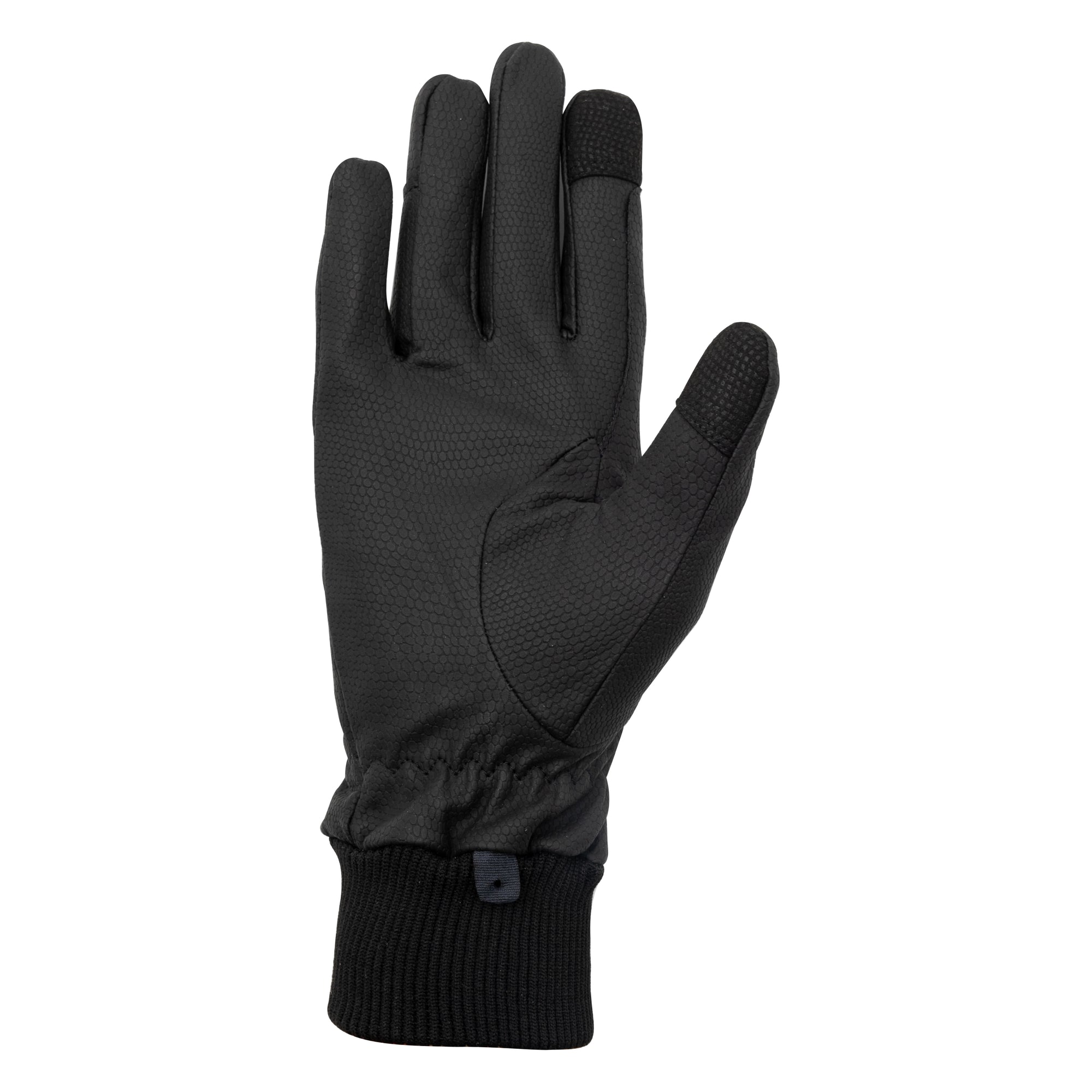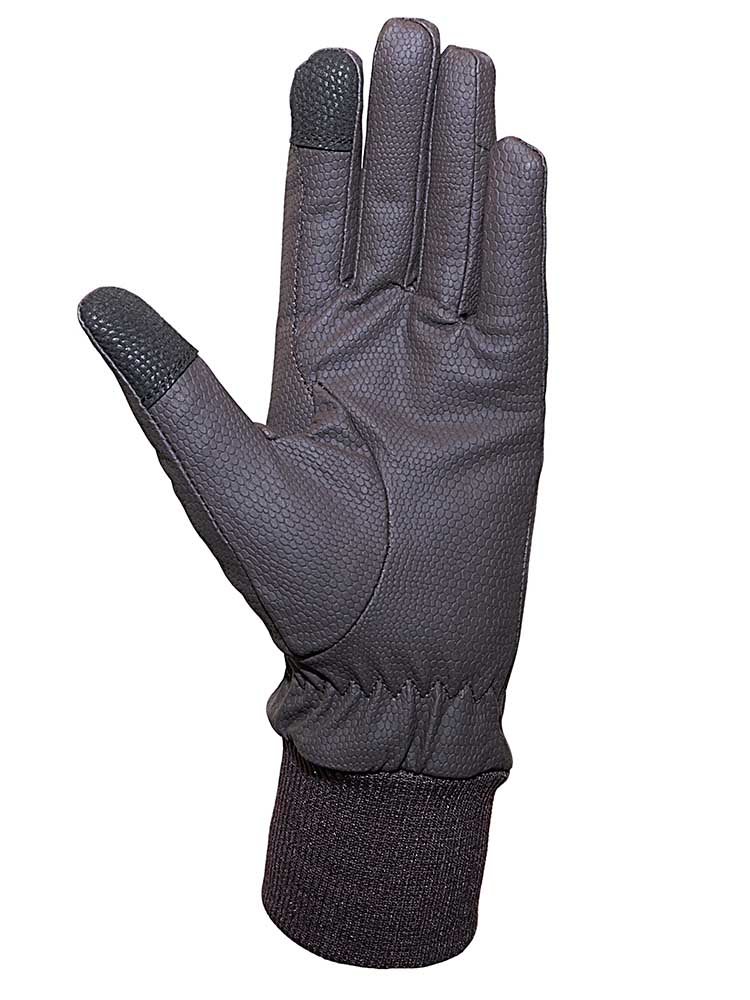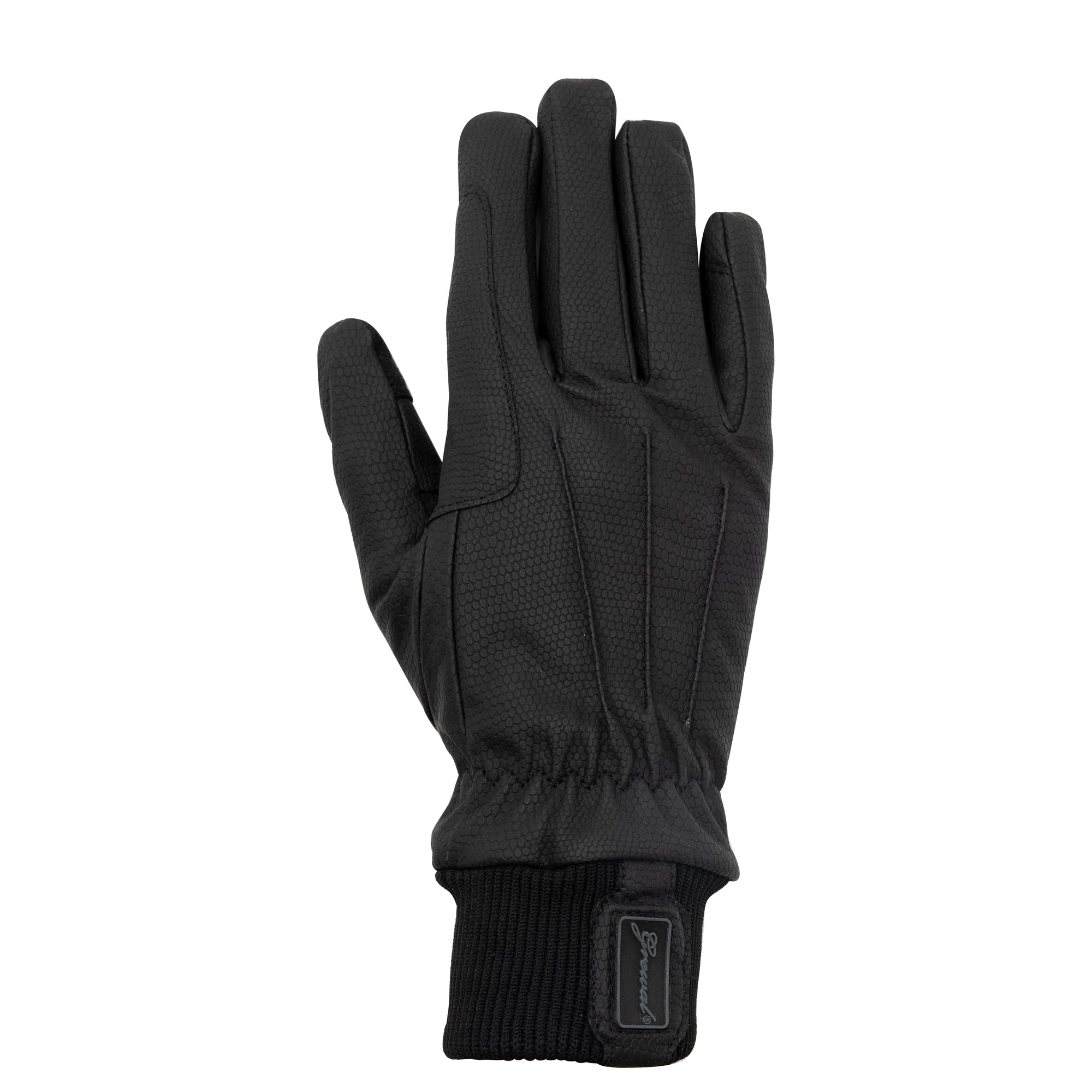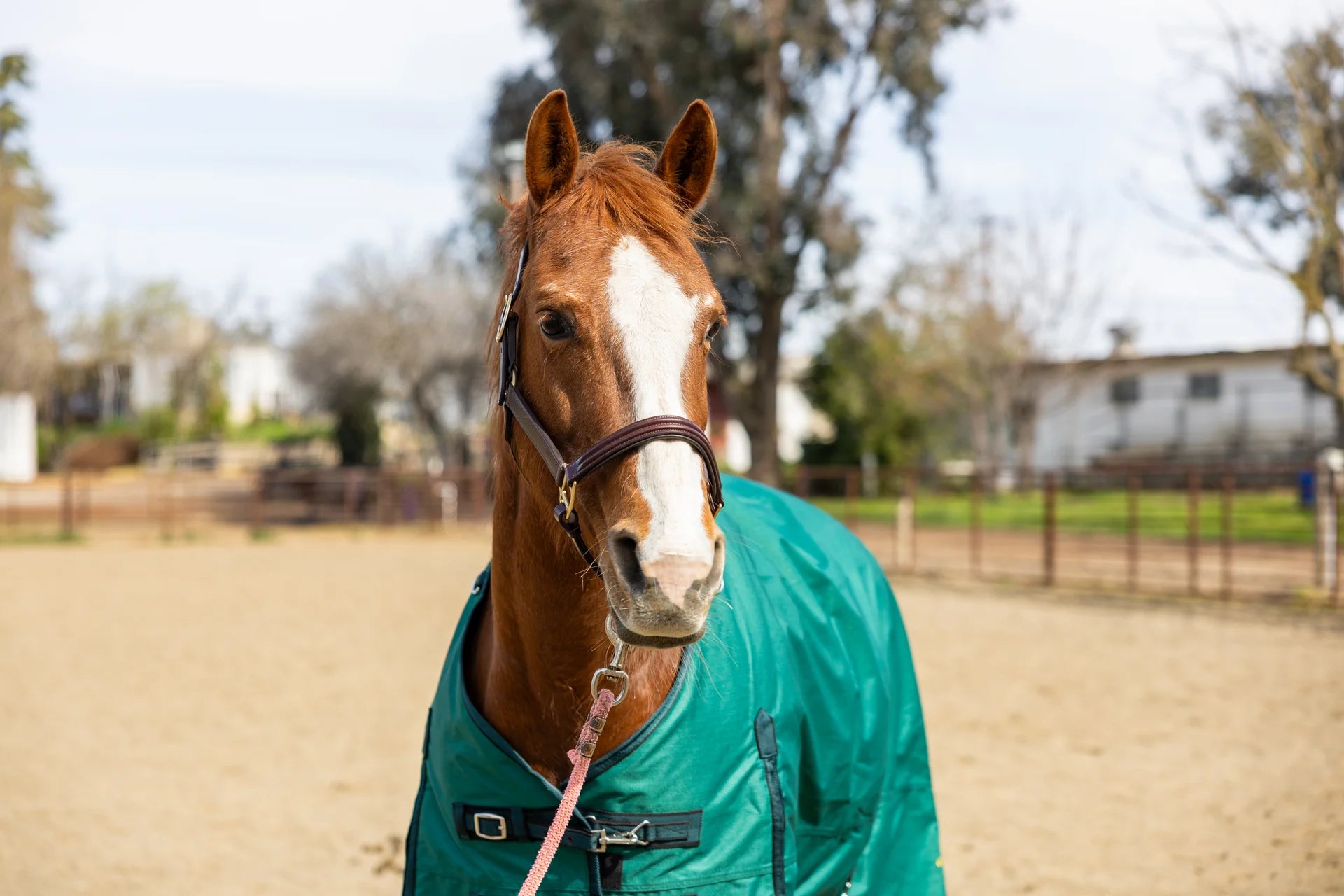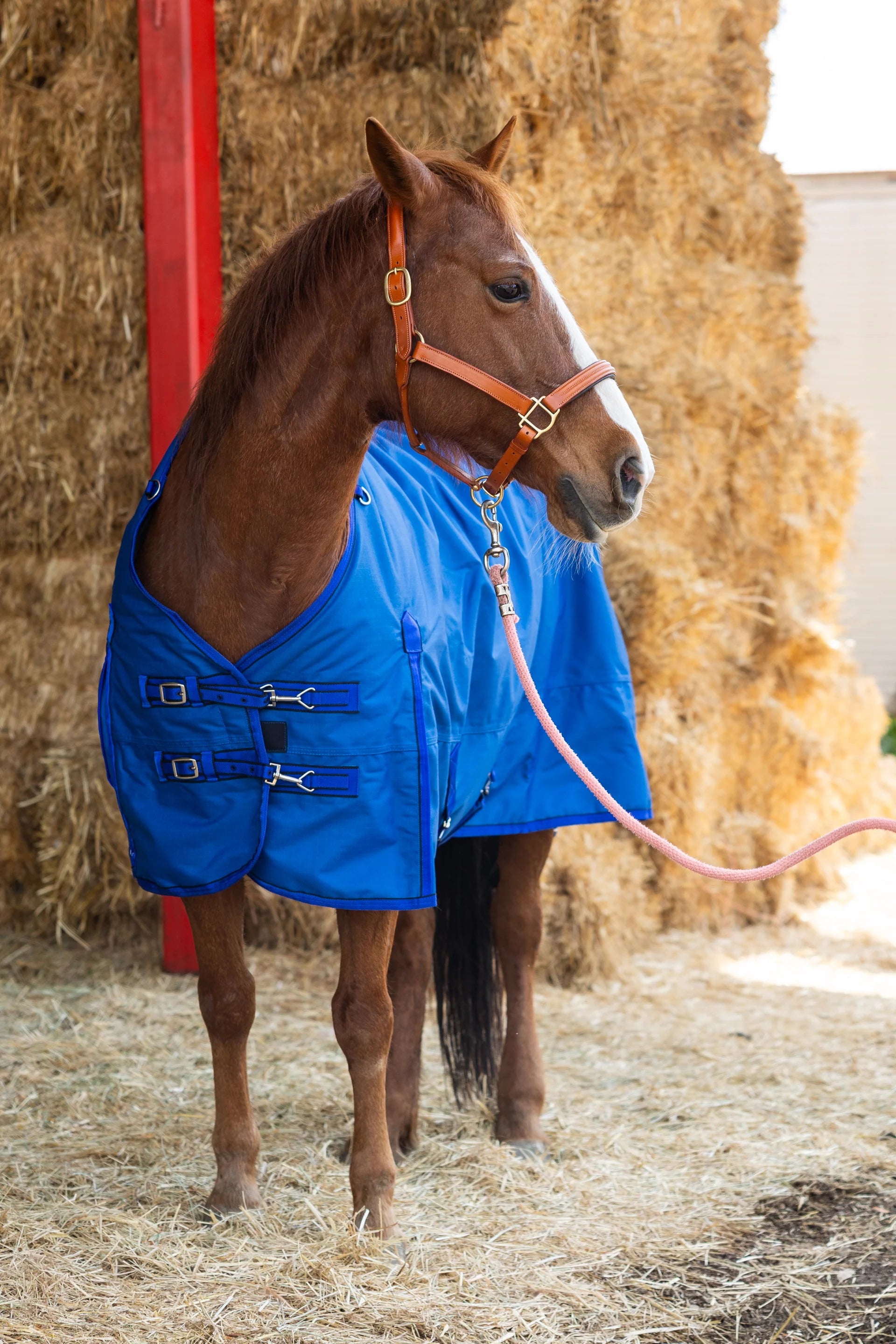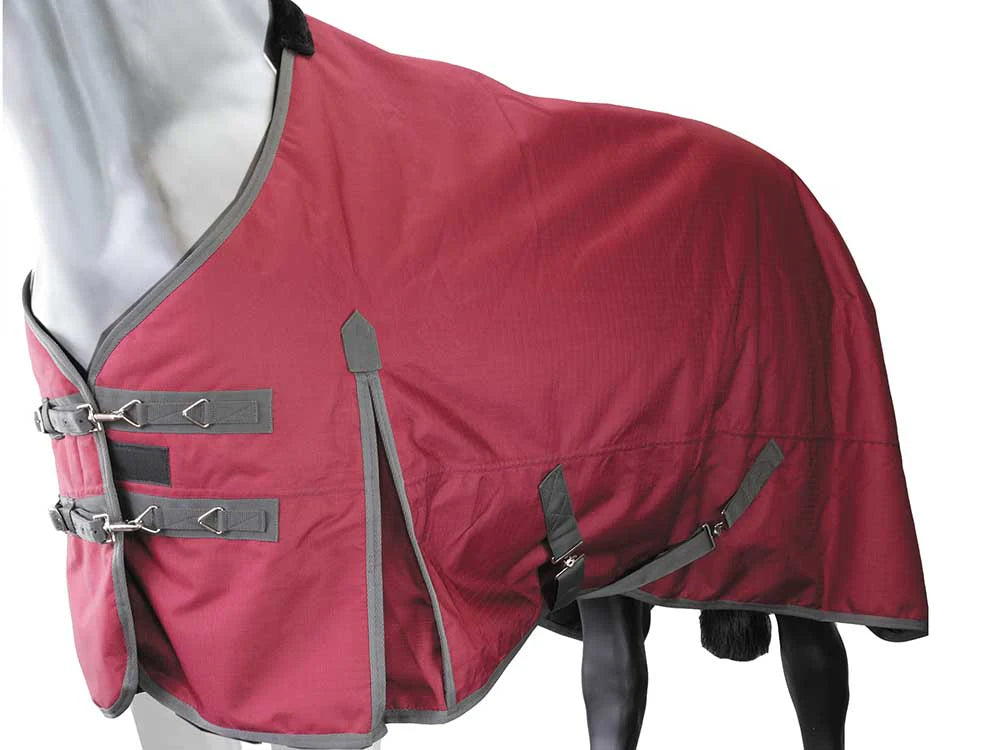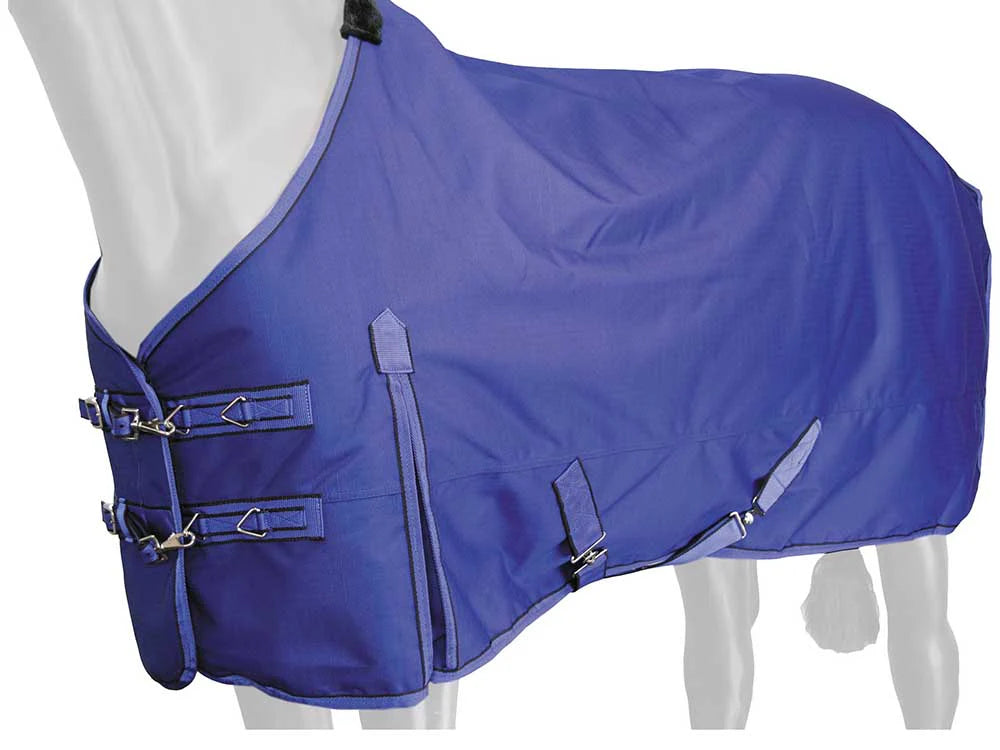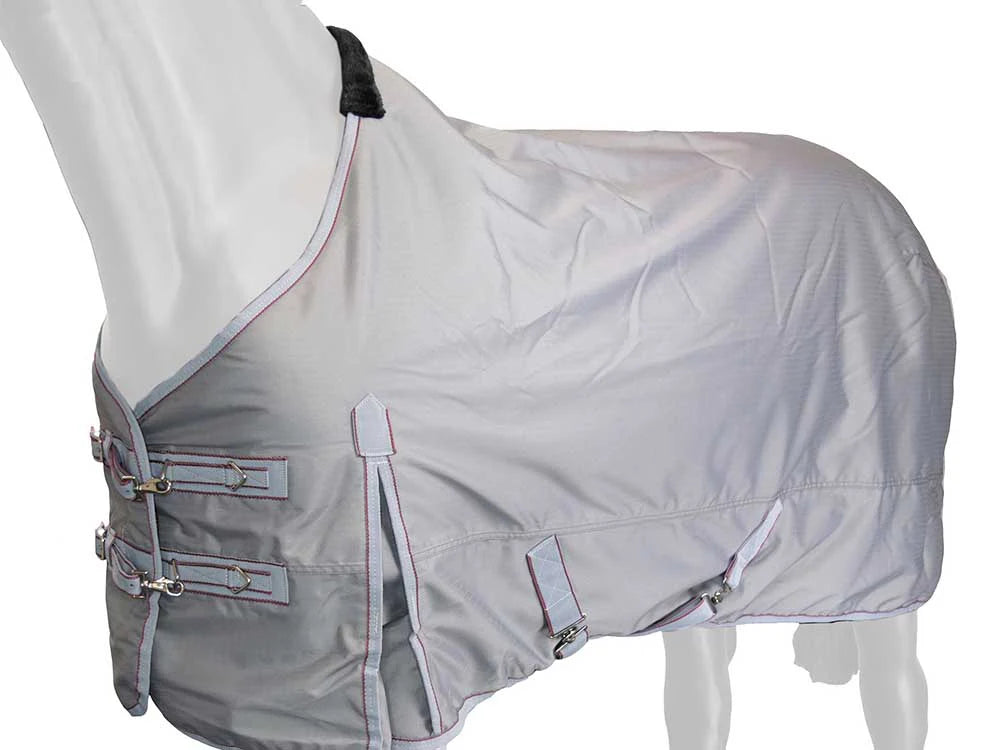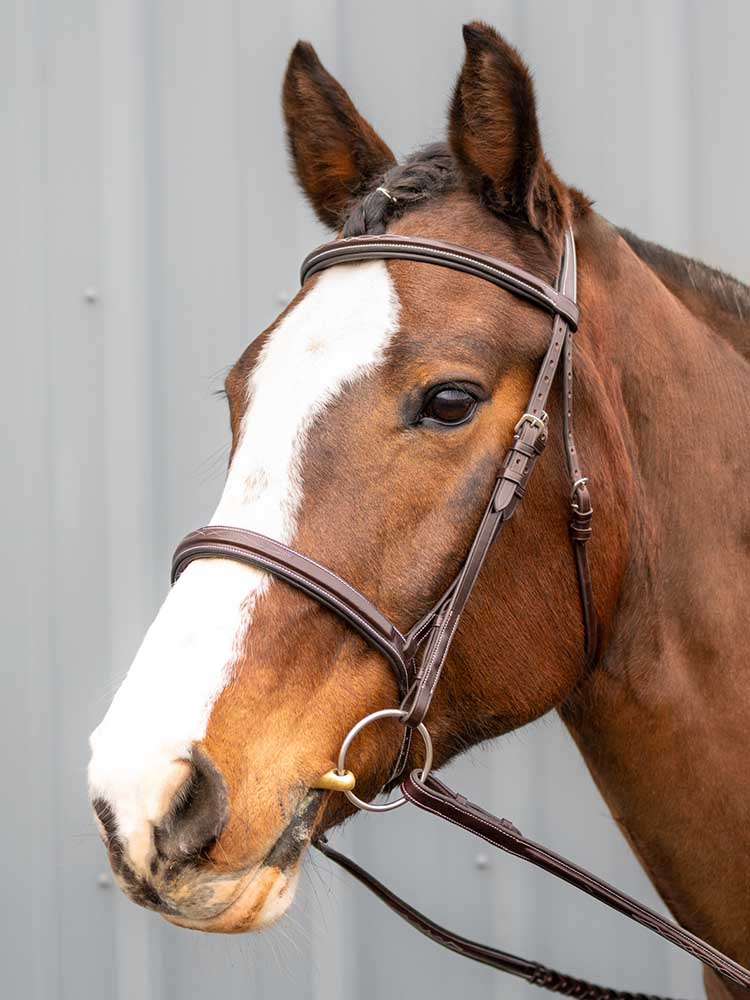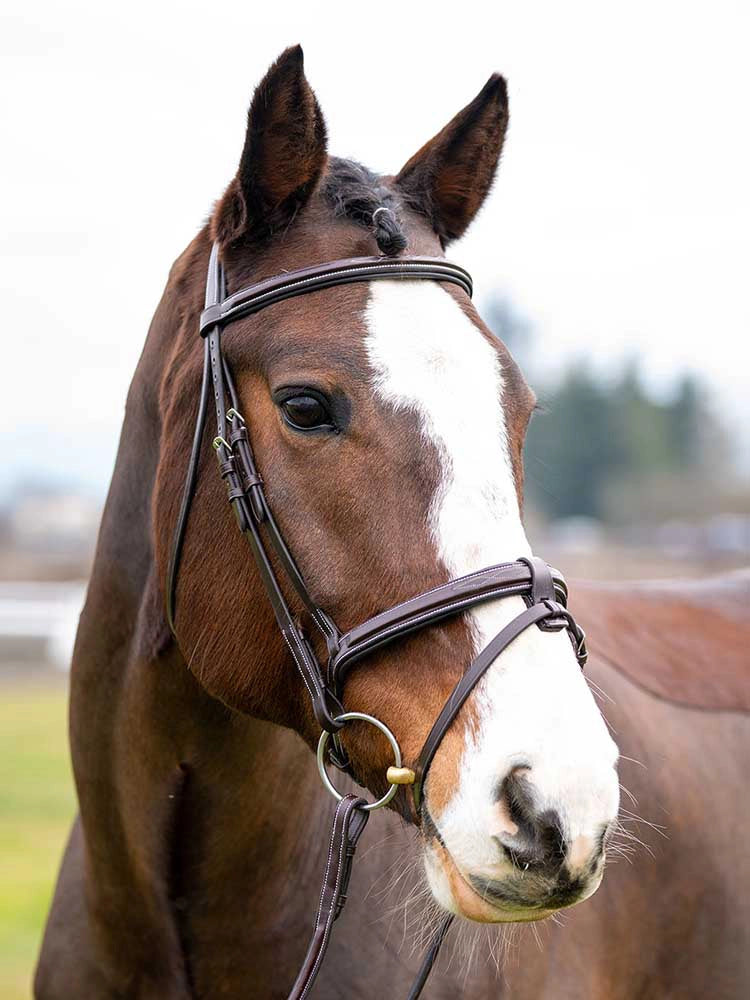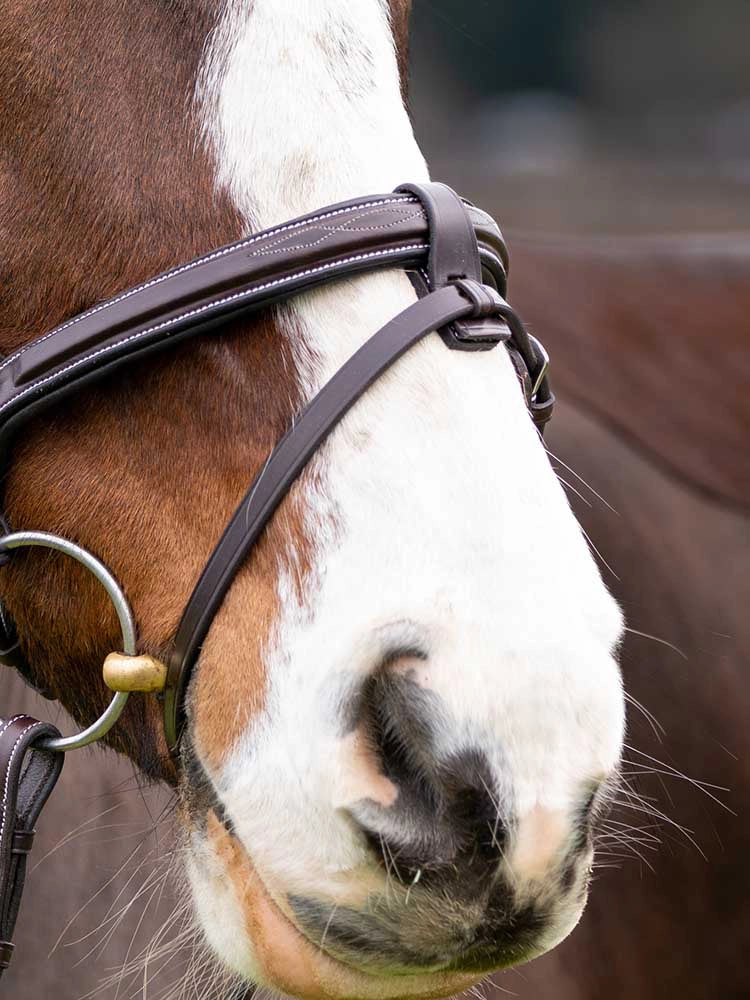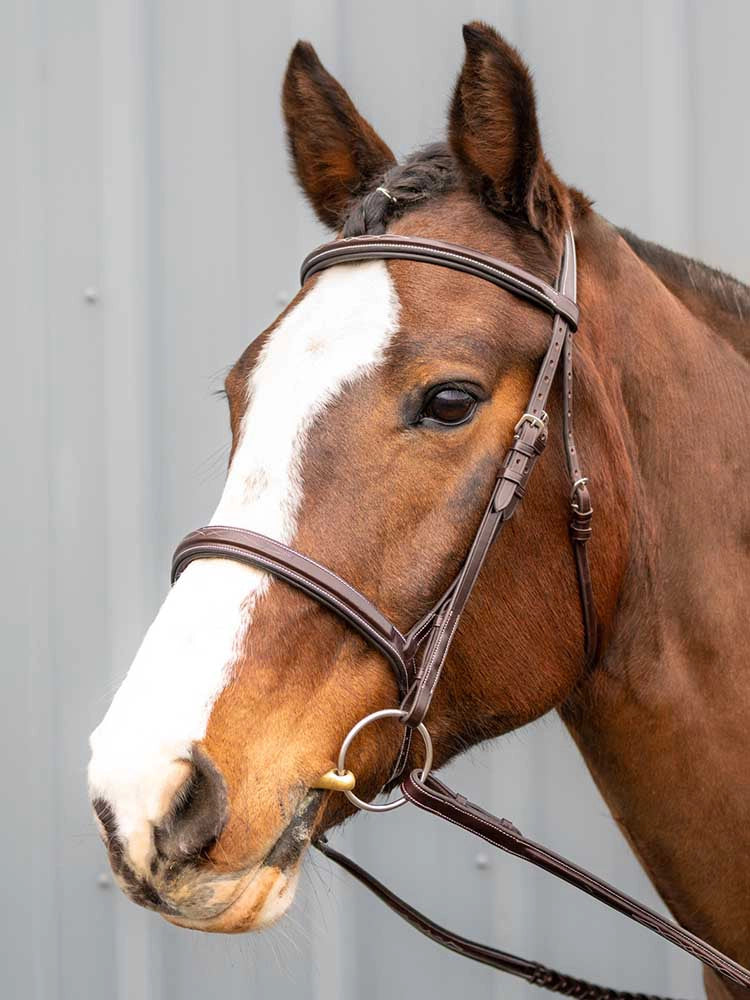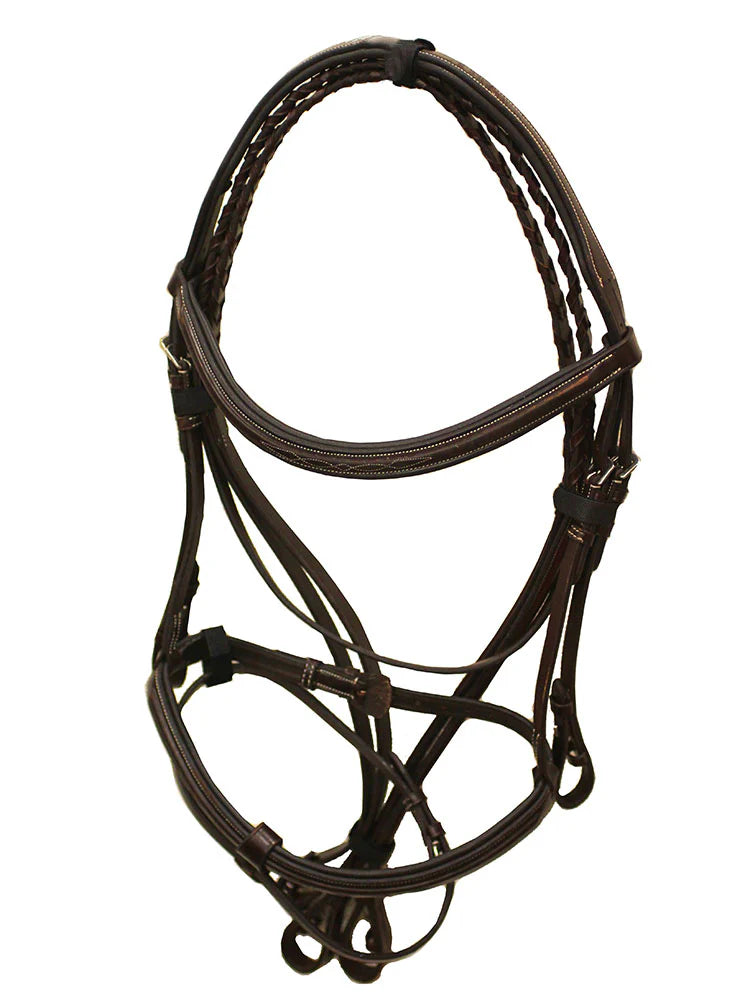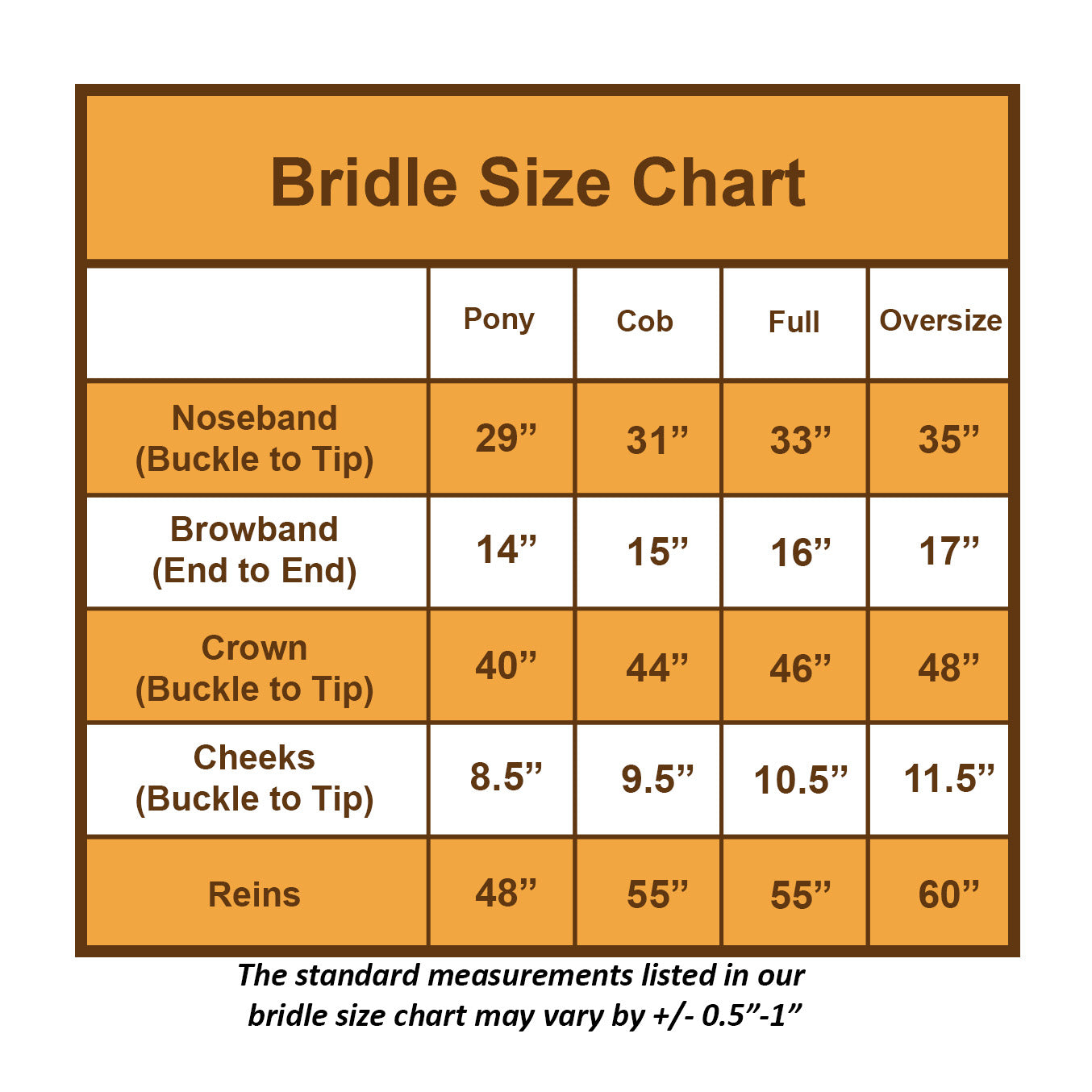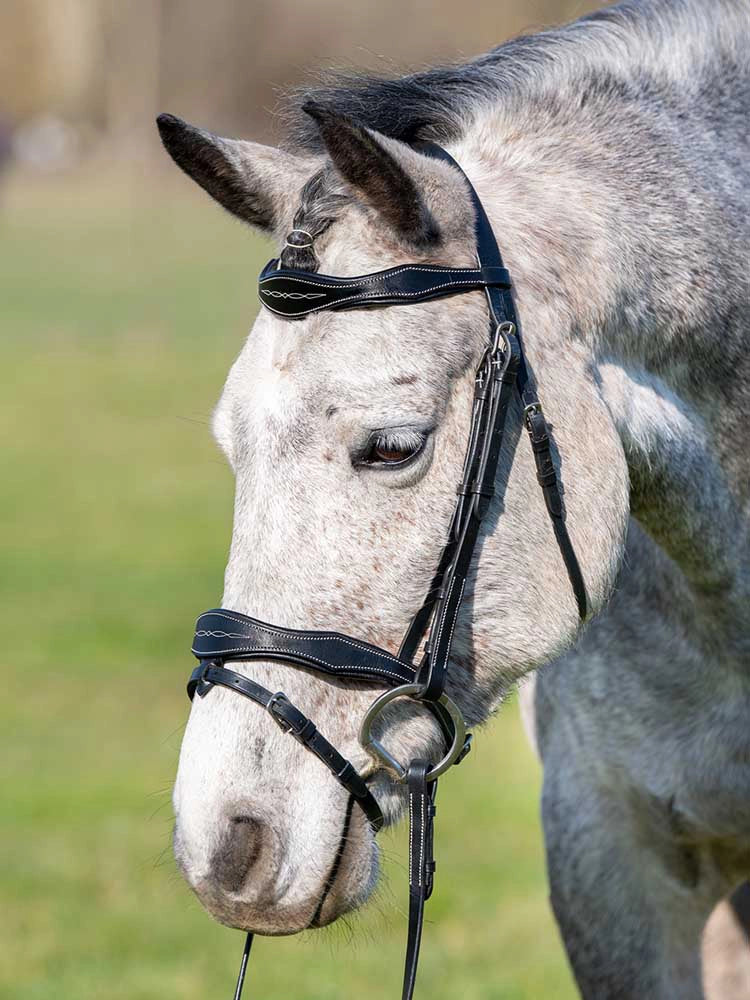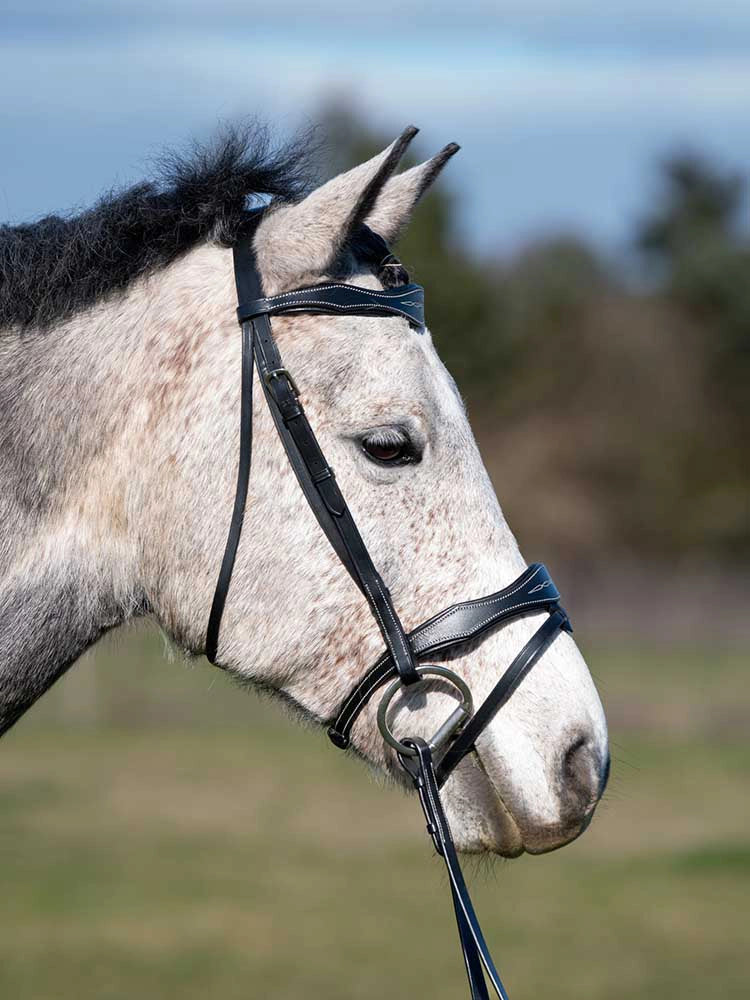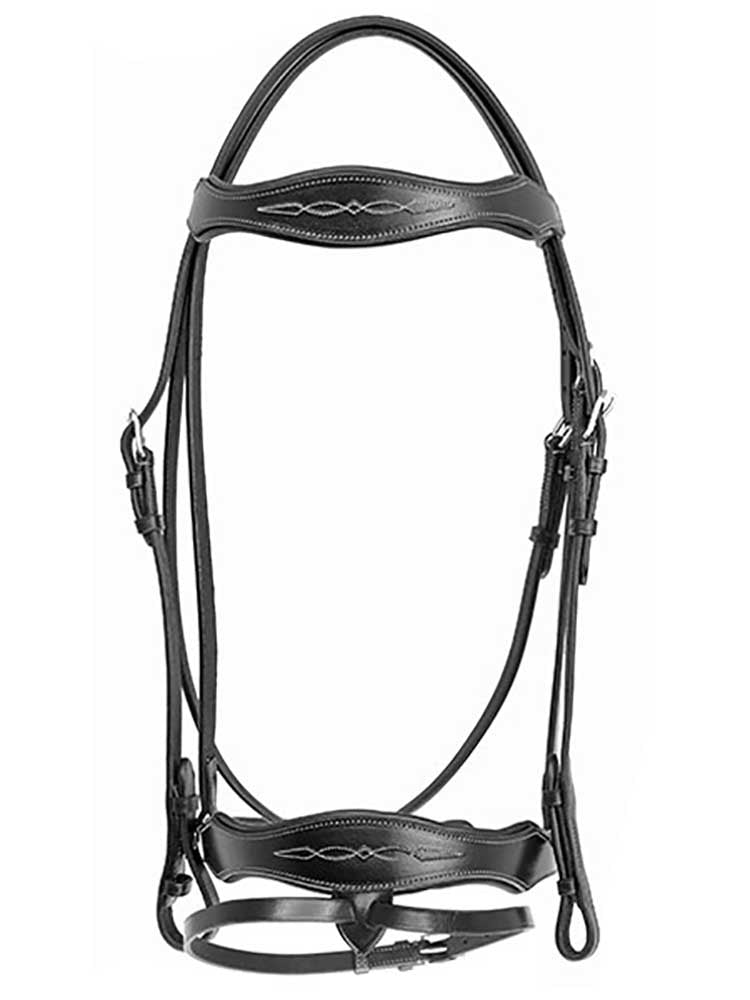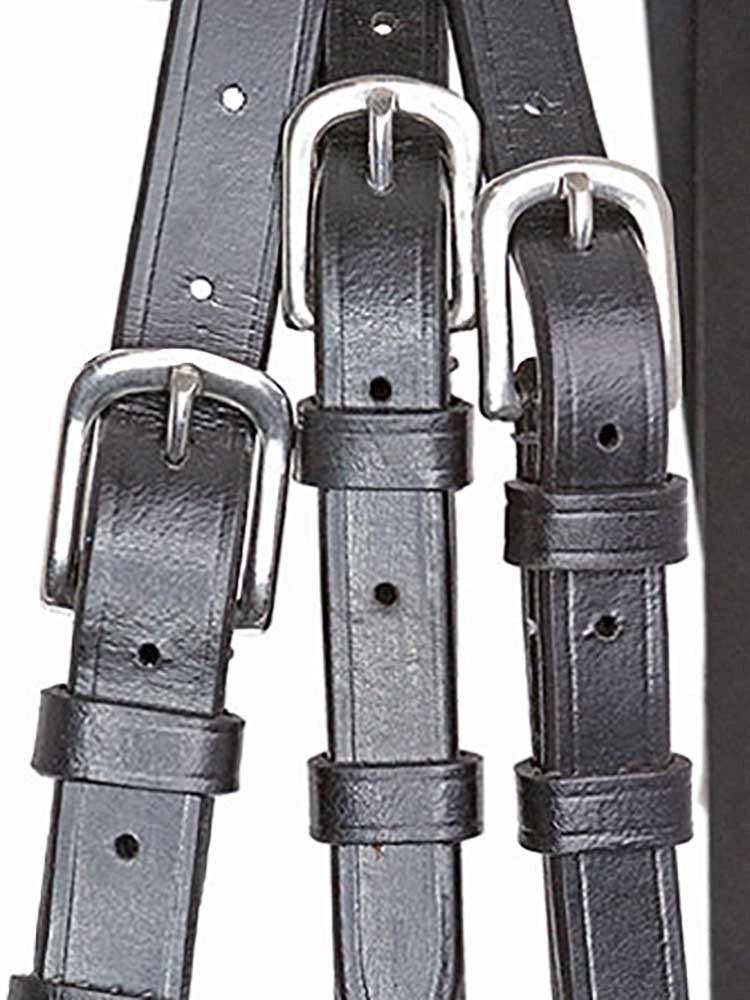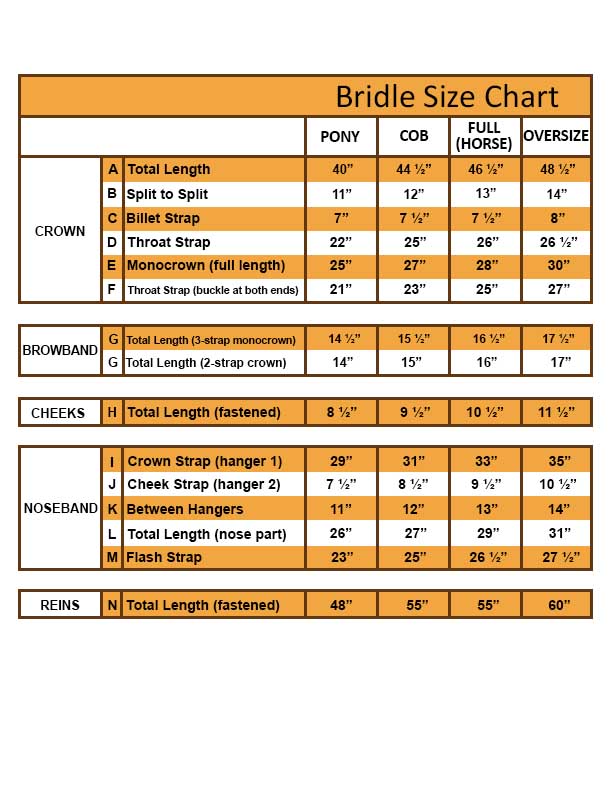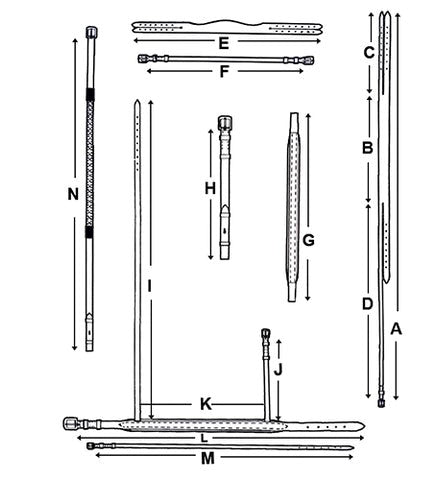Whether you're a competitive dressage rider, a weekend trail enthusiast, or somewhere in between, the right pair of breeches can elevate your performance, boost your confidence, and keep you comfortable in the saddle.
This guide breaks down everything you need to know about riding breeches: from construction and materials to discipline-specific fit and performance features. Let’s ride in!
Breech Anatomy: Understanding the Parts
Before choosing a pair of breeches, it helps to understand their structure. Breeches are more than just stretchy pants. They’re engineered with thoughtful features designed specifically for life in the saddle.
Key Components of Breeches
-
Waistband: Can be standard or wide
-
Belt Loops: A must for a polished look, especially in lessons or shows.
-
Zipper Types: Traditional front-zip, classic side-zip for hunters, or pull-on for easy wear.
-
Bottoms: Sock or Velcro bottoms for a smooth fit over or under your boots.
-
Rise: How high the breech sits—low, mid, high, or modified rise for coverage.
-
Grip Zones: Full seat or knee patch
Tip: A great fit starts with understanding these elements and how they affect your ride.
Breeches Fabric Choices: Comfort Meets Performance
Breeches come in a range of fabrics that impact how they perform in different conditions. The material you choose will affect everything from breathability and flexibility to durability and moisture control.
| Fabric Type | Key Features | Best For |
|---|---|---|
| Cotton Blends | Traditional, breathable, soft against the skin. Often blended with spandex for stretch. |
Casual riding or dry climates. |
| Performance Synthetics (Nylon/Polyester/Elastane) | Lightweight, durable, moisture-wicking. Retain shape and resist sagging. |
High-performance riders or hot climates. |
| Microfiber | Ultra-soft and quick-drying. Feels luxurious while offering technical function. |
Riders who want a sleek, modern feel. |
| Compression Fabrics | Provide muscle support and improve circulation. Flatter your silhouette. |
Long riding sessions or show days. |
| Soft Shell & Fleece-Lined | Wind-resistant, water-repellent. Often bonded to fleece for warmth. |
Cold-weather riding. |
Grip Types: Stay Secure in the Saddle
Your connection with the saddle is everything and the grip zone of your breeches plays a big role in that. Whether you need more freedom to move or more stability, the right grip style can make all the difference.
Full Seat
-
Full seat breeches extend below the knee down to the ankle
-
Best for dressage, eventing, or riders who need maximum stability.
Knee Patch
-
Targeted grip on the inside of knees only.
-
Favored by hunters, jumpers, and pleasure riders who value flexibility.
Breech Types: Choose Your Style
From modern riding tights to traditional full-seat breeches, the style of your breeches should match both your discipline and your lifestyle at the barn. Let’s take a look at the most common types and where they shine.
| Riding Bottom Type | Key Features | Best For |
|---|---|---|
| Riding Tights | The yoga pants of the equestrian world. Lightweight, stretchy, often pull-on style. |
Schooling, hot weather, or budget-conscious riders. |
| Pull-On Breeches | No zipper, elastic waistband. Offers comfort of tights with a classic breech look. |
Casual riding or riders who dislike hardware. |
| Traditional Breeches | Structured fit with zip closure and belt loops. Available in both full seat and knee patch. |
Shows, clinics, and formal lessons. |
| Winter Tights | Fleece-lined, wind-blocking fabrics. Cozy, practical solution for winter months. |
Cold-weather riding. |
Fit & Rise: What Works for Your Body
No two riders are built the same and luckily, breeches come in a variety of rises and fits to match different body types and preferences. Here's how to find the most flattering and functional fit for you.
Rise Definitions for Breeches
Low rise breeches sit below the belly button, offering a lower profile fit.
Mid rise breeches sit at or just below the belly button, providing a balanced and comfortable fit for many body types.
High rise breeches sit above the belly button and offer full coverage and support.
Modified rise breeches feature a mid-to-low rise in the front with a higher back, designed to provide better coverage while in the saddle.
How to Choose Breeches Based on Torsos
If you have a short torso, consider trying mid-rise or low-rise breeches, as they can create a more balanced look.
Riders with a longer torso and shorter legs often find that mid-rise or high-rise styles help create better overall proportion and balance.
For show riders, mid- to high-rise breeches tend to work best under tailored show coats, providing a smooth and polished appearance.
Fit Tip: Breeches should feel snug but never restrictive. They should move with your body and flatter your shape.
Match Your Breeches to Your Discipline
Your choice of breeches should also reflect the demands of your riding discipline. Certain features, like grip, stretch, or formality, are more important in one ring than another.
| Riding Discipline | Recommended Breech Type |
|---|---|
| Dressage | Full seat, high or modified rise |
| Hunter/Jumper | Knee patch, side zip or front zip |
| Eventing | Full seat or extended knee patch |
| Trail/Schooling | Pull-on tights or comfy cotton blends |
| Winter Riding | Fleece-lined, soft shell breeches |
Weather-Wise Breech Choices
Temperature, humidity, and season can all affect how your breeches feel and perform. Choosing the right pair for the weather will help you stay focused on your ride—not your wardrobe.
-
Summer: Look for moisture-wicking, breathable fabrics like microfiber or riding tights with UV protection.
-
Winter: Soft shell or fleece-lined breeches are essential for warmth without bulk.
-
Rainy Days: Water-repellent breeches or layering with rain gear will keep you dry.
Breech Care Tips: Make Them Last
Just like your tack, your breeches will last longer and perform better if you take care of them. A little extra attention in the laundry room goes a long way.
-
Always check the tag because some materials don’t like heat!
-
Turn inside out to preserve silicone or suede grip.
-
Hang dry and avoid the dryer to prevent shrinking and damage.
-
Use mild detergent and avoid bleach or fabric softeners.
Considerations when Choosing the Right Pair
Choosing breeches is personal, but it’s also strategic. Consider:
-
Your riding discipline
-
Your body type and preferred fit
-
Climate and weather conditions
-
Whether you’re schooling or showing
Pro tip: Having a few pairs for different seasons or situations (like one for shows, one for lessons, and one for casual rides) gives you the most comfort and longevity out of your gear.
Ready to Find Your Perfect Pair?
Whether you need a grippy full seat for dressage or breathable tights for hot summer hacks, understanding the key features of breeches empowers you to ride better, longer, and more comfortably.
Favorite Women Breeches at Grewal Equestrian
If you’re searching for breeches that combine style, comfort, and performance, Grewal Equestrian offers a fantastic lineup to consider. Their breeches come in popular options like full silicone seats, Clarino knee patches, and breathable pull-ons—all crafted with high-quality materials built for serious riders.
Some favorites include:
-
The Juliet Breeches with silicone knee patches—perfect for hunter/jumper riders seeking reliable grip.
-
The Talia Ladies Silicone Full Seat Breeches—ideal for dressage enthusiasts who want maximum security in the saddle.
-
The versatile Cordelia Breeches, available with either full silicone seat or Clarino knee patches, combining durability with classic style.




